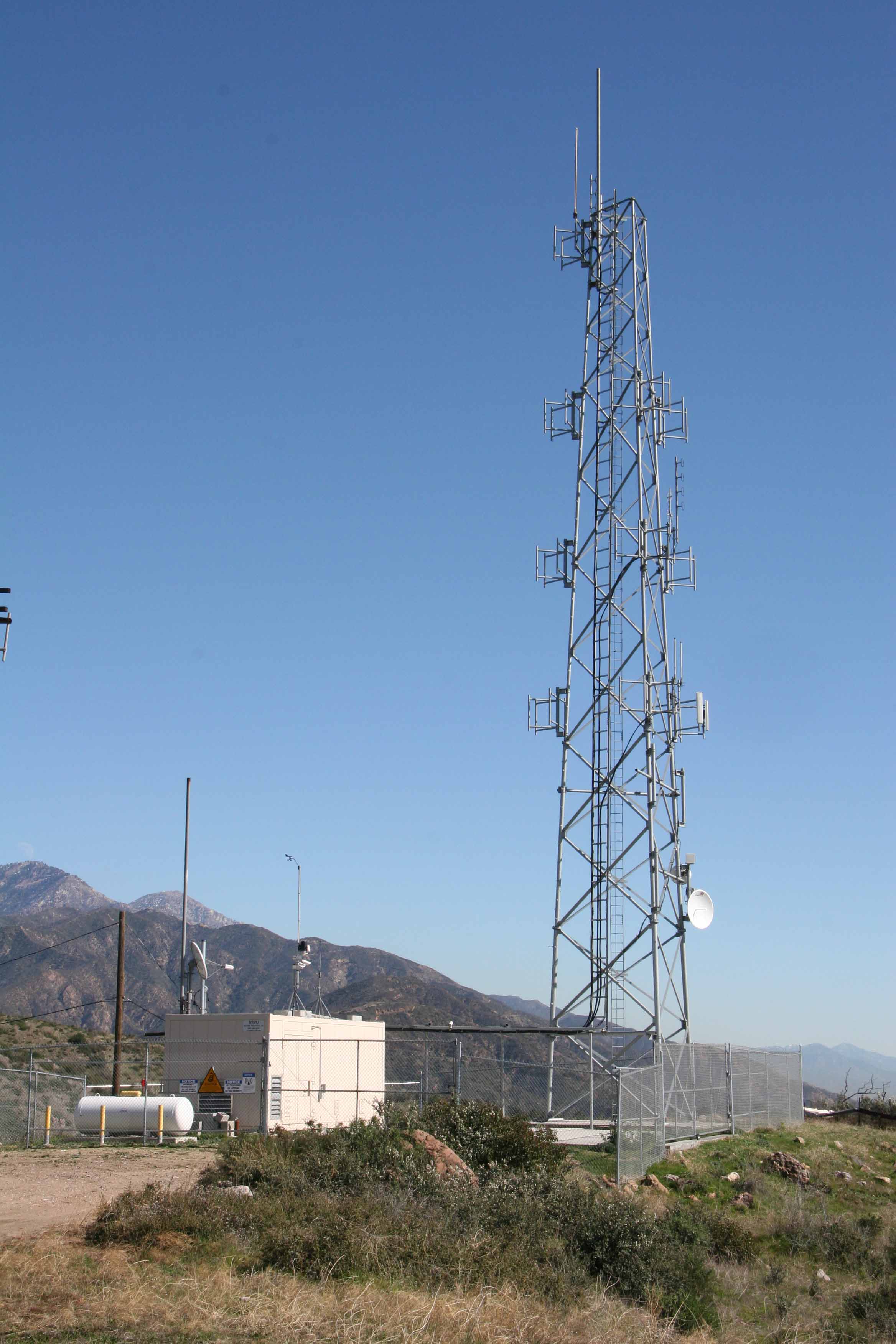“Building in thin air” evokes the thrilling challenge of constructing skyscrapers that soar above the urban landscape. This concept embodies the remarkable achievements and innovations that have made vertical construction a central solution to the growing demands of modern cities. As urban spaces become more congested, the drive to reach new heights has led to an era of Tower Climbing Services Colorado architectural and engineering marvels that push the boundaries of what is possible.

The Engineering Challenge
Constructing high-rise buildings involves complex engineering feats. One of the foremost challenges is ensuring structural integrity amidst various forces. Tall buildings are exposed to wind pressures, seismic activity, and temperature variations that can affect their stability. Engineers address these issues through sophisticated design techniques and technologies. For instance, tuned mass dampers are used to minimize sway caused by high winds, while advanced wind tunnel testing helps predict and mitigate potential problems before construction begins.
Another critical aspect is the foundation. High-rise buildings require deep and strong foundations to support their massive weight. In urban areas with challenging soil conditions, engineers employ methods like deep piles and caissons to reach more stable layers beneath the surface. These techniques, although effective, can be both time-consuming and expensive, highlighting the complex nature of vertical construction.
Technological Advancements
The evolution of technology has profoundly impacted high-rise construction. Computer-aided design (CAD) and building information modeling (BIM) have revolutionized the design and planning phases. These tools allow architects and engineers to create detailed digital models of skyscrapers, simulate various conditions, and identify potential issues early in the process. This approach enhances precision and efficiency, reducing the likelihood of costly errors during construction.
Construction techniques have also advanced. Prefabrication, the practice of manufacturing components off-site before assembly, has become a key trend. Prefabricated elements such as modular units and pre-cast concrete panels can be assembled more quickly and with higher quality control than traditional methods. For example, the iconic Burj Khalifa in Dubai, the tallest building in the world, utilized prefabricated concrete sections to accelerate its construction process.
Sustainability and Green Building
As sustainability becomes increasingly important, high-rise buildings are being designed with environmental considerations in mind. Modern skyscrapers incorporate energy-efficient features such as double-glazed windows, advanced HVAC systems, and green roofs to minimize energy consumption and reduce their carbon footprint. Many new high-rises also integrate renewable energy sources, including solar panels and wind turbines, to generate clean energy on-site.
Green building certifications, such as LEED (Leadership in Energy and Environmental Design), are becoming standard for high-rise projects. These certifications ensure that buildings meet rigorous environmental standards, contributing to a more sustainable urban environment and setting a benchmark for future developments.
Looking Ahead
The future of high-rise construction promises even more innovation and creativity. Advances in materials science could lead to the development of lighter and stronger building materials, while new construction techniques may further streamline the building process. The concept of vertical urban farming and mixed-use developments within skyscrapers is also gaining popularity, addressing the need for more efficient land use and enhancing urban sustainability.
In summary, “building in thin air” represents the pinnacle of modern architectural and engineering achievements. The construction of skyscrapers challenges our understanding of limits and possibilities, combining cutting-edge technology, innovative design, and a commitment to sustainability. As cities continue to grow, the quest to build higher and more efficiently will undoubtedly lead to even more extraordinary and groundbreaking structures.


